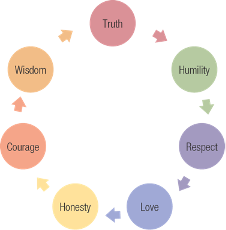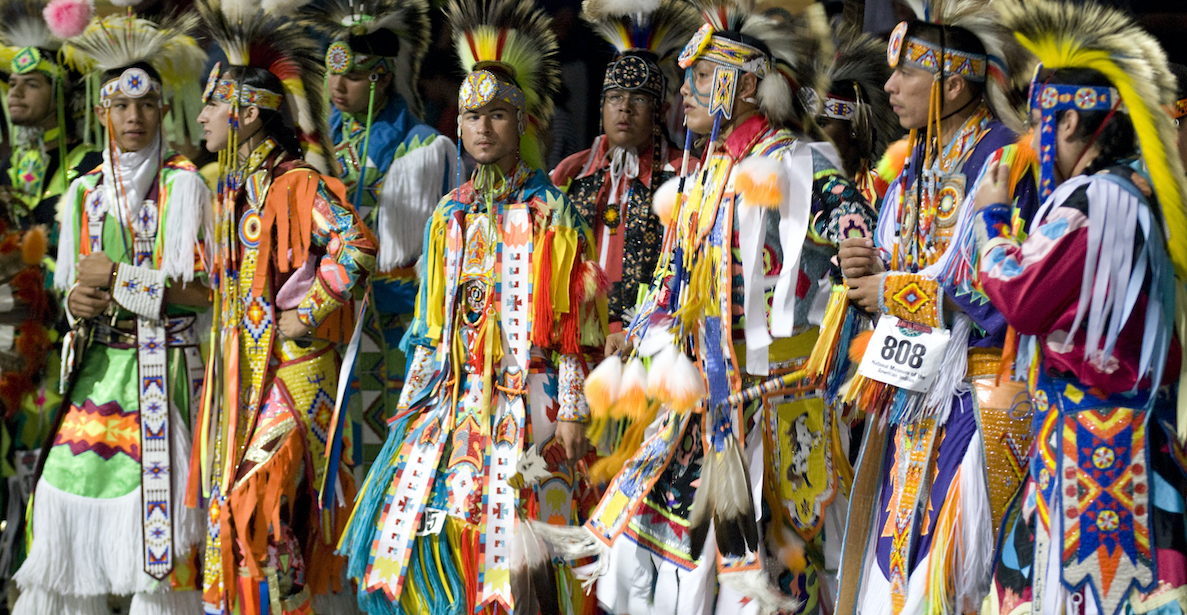Your history and your culture influence your type of leadership. Indigenous peoples come to leadership with their own history and consequently see things differently. ‒ MONIKA ILLE for the Globe and Mail series on Indigenous Leadership
Now more than ever, the public service is imbued with diversity and inclusion through specialized positions, strategies, and commitments. Key indicators of success feature diversity in leaders and leadership styles across management levels. Diversity enables leaders differentiated by race, gender, age, disability, and other intersecting attributes to shine beyond the goal of representation and different leadership approaches. People from diverse backgrounds and experiences should feel empowered to explore leadership opportunities that are authentic to their values and practices.
The Ontario Public Service (OPS) seeks to understand the role and strength that emanates from diversity and inclusion. In 2018, Indigenous employees occupied only 3.4 per cent of OPS senior leadership positions. This article explores mainstream leadership ideas, frames Indigenous leadership styles, and connects the two through the public service’s expressed commitment to diversity and inclusion.
Inclusive leadership
The importance of leadership to effective governance cannot be overstated. Many studies define the overarching competencies and capabilities that characterize an ideal leader. In 2020, the Organisation for Economic Co-operation and Development (OECD) determined four leadership capabilities: values-based leadership, open inclusion, organizational stewardship, and networked collaboration. An inclusive leader keeps pace with and translates the evolving diversity dialogue into beneficial outcomes for the public service.
In 2010, the OPS released the Leader-Manager Competency Model. According to the Centre for Leadership and Learning, the model has four competencies—transforms, delivers, inspires, connects—and two personality attributes—integrity, self-awareness. More recently, the OPS launched its Inclusion and Diversity Blueprint, committing to diversity and ensuring that OPS leadership reflects the population served.
Indigenous leadership
Indigenous leadership is rarely expressed, understood, or valued in the same ways as non-Indigenous leadership. This may be one of the contributing factors causing dissatisfaction, as well as lack of inclusion of Indigenous peoples in leadership and the OPS more broadly.
Communal, consensus-based, community-driven practices, rather than individualistic, hierarchical approaches, are integral to Indigenous leadership. The Indigenous Institutes Consortium illustrated the Seven Sacred Teachings, Anishinaabe teachings on how individuals should be guided and conduct themselves. Many Indigenous nations have their own protocols and teachings on responsibility and leadership.
There is tension in non-Indigenous leadership styles, whereby the autonomy afforded through title needs to be balanced with accountability to those led. Indigenous communities view leadership as a duty, where accountability is necessary to retain a viable leadership role. By understanding and appreciating the cultural protocols, value systems, and accountability mechanisms that have sustained Indigenous communities for millennia, Indigenous employees can thrive in leadership roles alongside OPS colleagues.
Through a diversity and inclusion lens, mainstream competencies and capabilities espoused by the OECD and OPS can be expanded to embrace Indigenous leadership. The Indigenous leadership style manages competing perspectives within its communal approach. It creates space for inclusion that is collaborative and promotes trust-building. Understanding leadership in these ways betters the public service as a whole, while providing Indigenous employees with opportunities to see themselves possessing the necessary competencies and capabilities to attain leadership positions.
Recognizing Indigenous talent
The OPS Blueprint and surveys on diversity and inclusion re-affirm the priority for change. Current leadership and hiring practices need to recognize and promote Indigenous talent and create an inclusive space that brings Indigenous peoples and their leadership styles to the public service. The OPS should continue to inculcate employees’ cultural competency while sustaining outreach and engagement with current and potential Indigenous employees. It also needs to monitor and assess how an inclusive workplace culture is impacted by these measures.

Enhancing relationships with diverse employees generally, and with Indigenous employees specifically, should be a top priority if the public service is to be an employer of choice. Reflecting the population served at all levels and in all endeavours increases representation, citizen participation, and government legitimacy.
Moving forward, public service organizations should apply diversity and inclusion strategies in innovative ways. Levering the leadership styles and talents of potential leaders who come from many cultures and have unique gifts redistributes equitable outcomes that are good for government and society.

